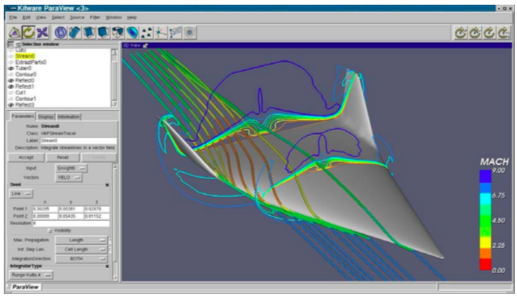

While we were able to obtain good results, we also showed that predicting solid mechanics based emergent behavior is non-trivial. In addition to investigating GNN model architecture, we study the effect of different input data representation approaches, data augmentation, and combining multiple models as an ensemble. Because of complex local geometry, the "image-like" data representations required for implementing standard convolutional neural network based metamodels are not ideal, thus motivating the use of GNNs. To accomplish this, we introduce the Asymmetric Buckling Columns (ABC) dataset, a dataset comprised of three sub-datasets of asymmetric and heterogeneous column geometries where the goal is to classify the direction of symmetry breaking (left or right) under compression after the onset of instability. In this work, we examine the ability of GNNs to predict a fundamental aspect of mechanically driven emergent behavior: the connection between a column's geometric structure and the direction that it buckles. Notably, while machine learning approaches that rely on Graph Neural Networks (GNNs) have shown success in learning mechanics, the performance of GNNs has yet to be investigated on a myriad of solid mechanics problems. Recently, there has been a growing interest in using machine learning to reduce the computational cost of physics-based simulations. From designing architected materials to connecting mechanical behavior across scales, computational modeling is a critical tool in solid mechanics.


 0 kommentar(er)
0 kommentar(er)
